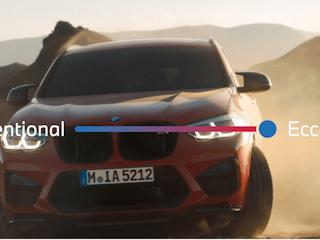Why VR websites are the future
2017-06-20
Virtual Reality, Augmented Reality and Mixed Reality are emerging technologies that are still out of reach of most consumers. Why? How can we change this? And why do I think VR will win out, at least in the short term.
To date, Virtual Reality has been limited to the business world, well-healed consumers with an expensive Oculus Rift or HTC Vive, and the hardcore gamer with a Playstation VR. The average man or woman in the street simply won’t drop nearly a thousand euro on a VR headset. Yet we all use a technology that can be ‘VR-ised’ easily and cheaply. Its name? The browser! Everyone with a computer, smartphone or tablet has a browser, and when it comes to VR, there’s everything still to play for.
Tell me again, what are VR, MR and AR?
For most people, Virtual Reality (VR) is something that sounds familiar, even if you can’t quite explain exactly what it is. Long story short, VR is a computer-generated environment that you view using special VR glasses or headsets, like the HTC Vive and Oculus Rift.
VR has a number of potential advantages over the other two technologies that are getting people excited: MR (Mixed Reality) and AR (Augmented Reality). MR is often thought to be the same as AR, but there are significant differences. AR involves placing virtual objects and information over images of the real world. MR, as the word mixed implies, mixes AR and VR. It combines virtual and real images in a context-aware environment. An example is Microsoft’s HoloLens, which uses six lenses to register the surrounding environment. If you ask me, MR is the coolest technology of the three (there’s nothing nicer than playing Minecraft on HoloLens). The only pity is that MR requires some seriously complex and heavy-duty hardware and that it can’t, yet, be incorporated into websites.
What then about AR? In the summer of 2016, you couldn’t avoid the VR/AR hype that was Pokémon Go; snagging virtual creatures at random locations. While Pokémon Go was app-based, it’s the sort of game you could create in a website environment. Yet it hasn’t happened. Why? Although several developers have created modules that make browser-based AR possible, very few devices support it, which limits wide-scale deployment. The upshot is that, at least for now, AR websites are also a non-starter.
VR apps
Having discarded AR and MR, this brings us to VR apps. Yet there’s a problem here too. According to research by GfK and SIDN, we are using fewer apps but spending more time online. This could mean that we are using already installed apps more – and/or that we are using the browser more. In fact, it seems we are increasingly put off by the need to install an app, because adding apps sucks up device memory. Hmm.
VR websites
Balancing this, though, is the fact that, unlike the other technologies, VR is already supported on most devices. Right now, it’s not only possible to make apps that use VR; it’s also possible to create complete websites (web applications) that use VR as well. How neat is that! Just open the browser, navigate to the website and do cool stuff in VR. Even better, VR websites can be used with every type of VR headset: smartphone glasses, HTC Vive and Oculus Rift.
Of course, while crucial, easy access is only half the story; the other is how hard it is to develop VR websites. Fortunately, the answer is: easier than you think. Every web developer can build a VR site, because there are several open source frameworks available, such as A-Frame and Primrose, that make it possible to do so. And adding these frameworks to HTML is simple, too. When it comes to delivering a wide-scale, immersive experience now, VR websites wins.
What you can do with a VR website
Yet, while VR sites are looking like the future, I can hear you thinking something else, which is “What can I actually do with a VR website?” Well, here too, VR offers an answer, because using VR makes it possible to create a whole range of jaw-dropping web applications. Games, obviously, but also a VR web shop, for example, a 360-degree photo gallery, a news gallery, a VR tour through a museum…
With so many opportunities within such easy reach, I think it’s time to get started with VR websites. Today. Now.




